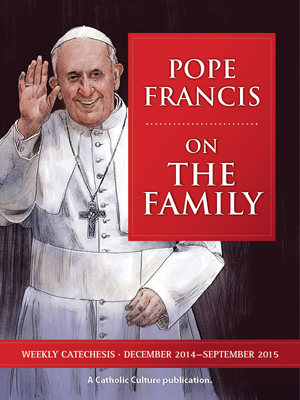The early printing press: not just a means of spreading Protestantism!
By Thomas V. Mirus ( bio - articles - email ) | Mar 16, 2015
Catholic artist Daniel Mitsui has begun a series of articles "On the Catholic Art of the Printed Book," which illuminates (pun intended) yet another beautiful genre of art from the Catholic late Middle Ages and Renaissance.
There are two parts in Mitsui's series so far. The first shows the very Catholic origins of the printing press itself. As it turns out, the famous Johannes Gutenberg was a silversmith who planned to manufacture items for pilgrims coming to the jubilee at the Cathedral at Aachen. When the jubilee was delayed, in order to placate his investors, Gutenberg showed them his latest, more secret project: the printing press.
The second article covers the little-known late medieval art of the block book, which combined printed text with hand-drawn pictures, or vice versa. Mitsui highlights (and provides images from) a few of his favorites, including one which combined, on each page, a picture from Christ's life with two Old Testament scenes prefiguring it. Another, the Ars Memorandi, is a pictorial aid to memorizing the Gospels, focusing on the apocalyptic beasts associated with the four Evangelists. The Ars Moriendi, written following the plague of 1347, teaches the reader the art of dying well. Still another book gives a pictorial explanation of the meaning of the Lord's Prayer.
All comments are moderated. To lighten our editing burden, only current donors are allowed to Sound Off. If you are a current donor, log in to see the comment form; otherwise please support our work, and Sound Off!








